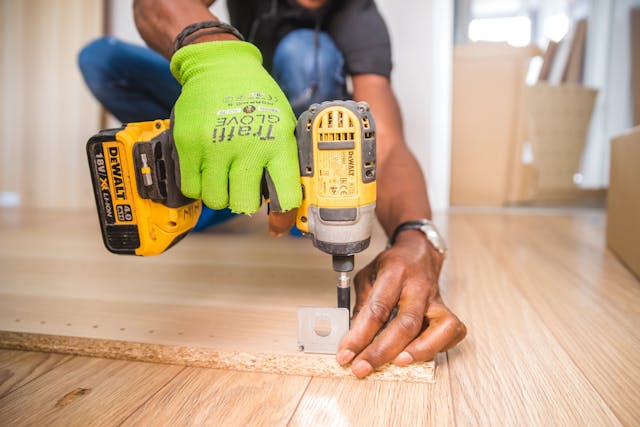
Although building a house is an interesting trip full of expectations, it is also a difficult procedure requiring careful planning and organization. Imagine entering a room created just for your taste, where every element is selected to suit your way of living. It represents the result of your vision and labor, not only of bricks and cement. Still, turning an empty lot into your ideal house calls for a number of important actions.
Choosing the Perfect Plot of Land
The site you pick prepares you for the whole house-building endeavor. It decides not only the location of your house but also the kind of construction that would be most suited for the topography. Choose your site with consideration for slope, soil condition, and orientation. While a level lot is usually simpler to build on, a sloping lot may have amazing vistas but might need more work for foundation stability. Another big factor is access to sewage, power, and water. Selecting a site close to these facilities will streamline your project and help to lower expenses. Analyze the area as well; search for decent schools, close access to retail places, and other facilities to improve your quality of life. The cornerstone of the success of your ideal house is the proper size of land.
Installing an Efficient AC System
Good heating and air conditioning makes your house pleasant all year round. More than just summer cooling, a flexible AC unit may offer warmth during colder months. Popular solutions for efficient climate management for houses of all kinds include split systems and central air conditioners. For simple, energy-saving temperature changes, team your AC with a smart thermostat. The choice of your AC system depends much on energy efficiency. Search for models with high SEER ratings, which point to reduced energy use and improved performance.
Utility Connections
Your house’s lifelines and utility connections run everything from your appliances to your lights. Work with your contractor to make sure timely connections for gas, electricity, water, and internet are made during the planning stage. The correct placement of outlets, switches, and plumbing fittings improves the usefulness of your house and helps to avoid later expensive changes needed. Think about adding smart meters and energy-efficient LED lights. These improvements will enable you to track and cut energy consumption, therefore minimizing your electricity costs. Careful planning of your utility connections helps you to prevent delays and build a house that runs perfectly from the first day.
Adding Custom Features
Custom elements represent your taste and style and help a house become your dwelling. To set your room distinctive, think about including built-in shelves, a kitchen island, or a fireplace. These little elements, whether they are a reading nook by a window or a spa-like bathroom, including a soaking tub, improve your everyday experience. Consider your way of life and select elements that accentuate it. If you like cooking, a well-equipped kitchen, including luxury gadgets, will make meal prep fun. For outdoor enthusiasts, a large patio or a well-designed garden could grow out from your living space. Custom features bring value and comfort, so your house will fit you perfectly.
Implementing Smart Home Technology
Smart home technologies improve the efficiency and use of your house. Automated solutions for security, climate control, and lighting simplify daily chores and provide you with more environmental control. Among the tools that could simplify your daily schedule are smart thermostats, video doorbells, and automatic blinds. Including these systems in the building process is more effective than introducing them afterward. Select tools with suitable interfaces that make sense for one another. Adopting smart technology helps you to build a contemporary, linked house that fits your demands and provides convenience right at your hands.
Landscaping for Curb Appeal
Well-designed landscaping improves the whole appearance of your house and makes an attractive entry possible. In addition to adding beauty, native trees, shrubs, and flowers cut water use and care. Add curb appeal and welcome your house more by including pathways, outside lights, and a lawn space. Practically speaking, landscaping also provides better drainage around your house and shade for energy economy. Plan for outdoor living areas like a patio or deck to offer somewhere for entertainment and leisure. Investing in careful landscaping helps you design an outside space that enhances the value and complements your house.
Conclusion
Creating your ideal house is a fulfilling process that turns your idea into a physical place fit for your way of life. Every action, from getting licenses to choosing to finish, helps to build a house that seems especially yours. Following this checklist helps you create a house you will enjoy for years to come and a seamless building process.


